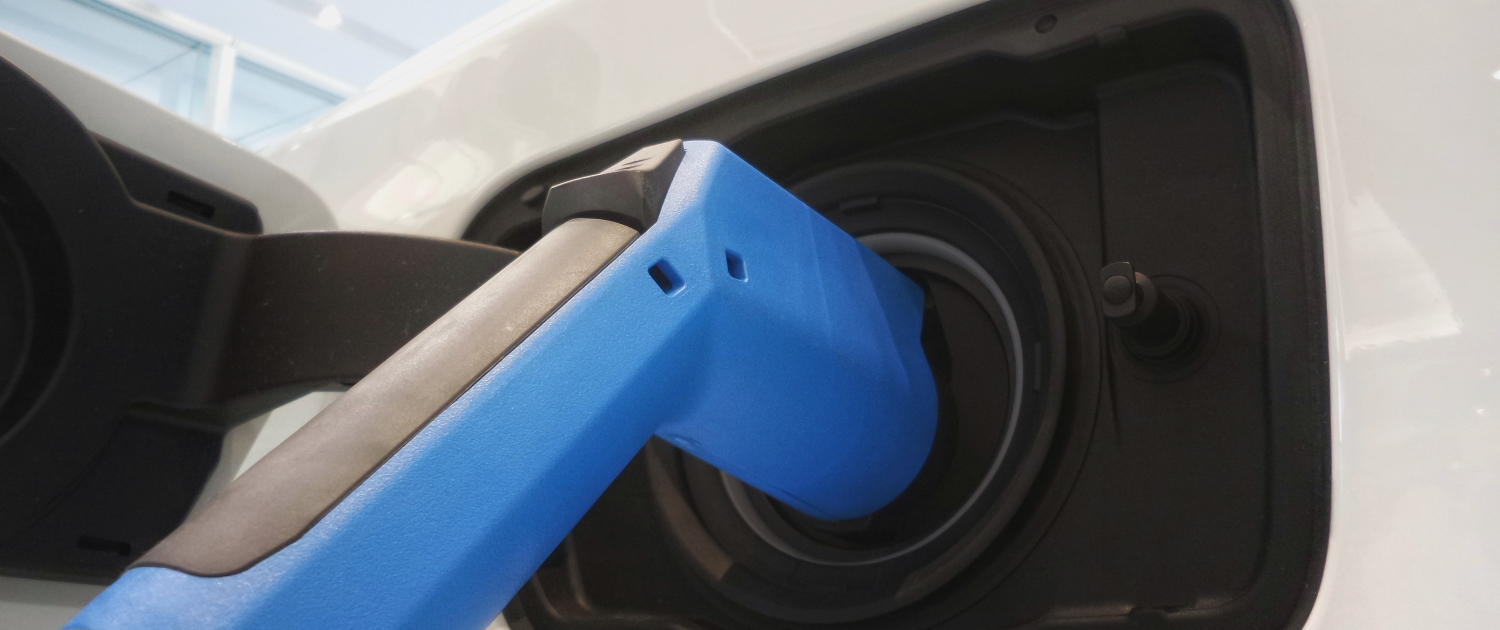 Manufacturers and the industry at-large are viewing electric semi-trucks as the next big thing, already pouring billions of dollars into the effort. As a driver, you’ve probably heard about this phenomenon but may not know much about the trucks themselves or how they’ll impact the industry. Here’s what the future holds for electric semi-trucks.
Manufacturers and the industry at-large are viewing electric semi-trucks as the next big thing, already pouring billions of dollars into the effort. As a driver, you’ve probably heard about this phenomenon but may not know much about the trucks themselves or how they’ll impact the industry. Here’s what the future holds for electric semi-trucks.
What is an Electric Semi-Truck?
An electric semi-truck is any semi that runs on batteries, specifically lithium-ion-cobalt or ion phosphate batteries. Despite that major difference from a diesel rig, driving an electric semi-truck is more or less the same. Manufacturers also claim that these trucks will cost less to maintain than traditional diesel trucks over the lifetime of the vehicle, and they’ll be much quieter than a standard diesel rig.
What’s the Latest on Electric Semi-Truck?
Though there are a number of manufacturers out there pumping money into electric semi-trucks, it has yet to take over the trucking industry. That’s not to say that electric trucks only exist in theory right now. Large carriers have already bought electric semis for their fleets and are using them today. Freightliner recently announced that their electric eCascadia trucks have hit a combined one million miles on the road.
Why are They Being Developed?
Concerns over humans and their impact on the earth have been growing steadily for decades, and many fingers are being pointed at the auto and transportation industries specifically for their heavy reliance on fossil fuels. Manufacturers see the tide turning and want to be on that first wave to capitalize on this new market for electric, sustainable trucks.
Who are the Big Players?
1. Tesla
Back in 2017, Tesla announced their own electric semi-truck, simply called “Semi” but the trucks have yet to see the road, with the company pushing back production dates multiple times. As of right now, the trucks are set to go into production in 2023. These missed deadlines haven’t stopped companies from placing orders, with Walmart Canada placing an order for 130 trucks in 2021. According to Tesla, the Semi will come in two models, one that can travel 300 miles on a single charge, and one that can travel 500.
2. Freightliner
Freightliner’s two main electric trucks are the eCascadia and the eM2. The eCascadia is your standard rig, suitable for carrying a 53’ trailer. The eM2 is an electric take on Freightliner’s classic box truck. Both trucks can travel up to 230 miles before needing to be charged.
3. Volvo
Volvo’s electric semi is called the VNR. The truck is similar to the Freightliner eCascadia but has Volvo’s signature sleek look. According to Volvo, The VNR can travel 275 miles on a single charge, outperforming Freightliner slightly. Volvo recently had the largest order of electric trucks to date come in and aim to have half of the trucks they sell be electric by the year 2030.
4. Nikola Motors
You’ve probably heard of the other manufacturers, but maybe not this one. That’s because Nikola is a startup company founded in 2014. Nikola states that their electric-semi, the “Tre” can travel up to 350 miles on a single charge.
Will Electric Semi-Trucks Overtake Diesel?
Probably, but not for a while. Just as electric cars are taking more and more of the market share, it’s plausible that electric semi-trucks will do the same eventually. While they’ll steadily get more and more popular, it’ll be a long time before they overtake classic diesel trucks.
The biggest reasons are their high sticker price, scarce availability, and OTR limitations. Right now, electric semis are only recommended for last mile and short-haul deliveries, not regional or OTR runs. This is mainly because a nationwide infrastructure of charging stations doesn’t exist for electric semi-trucks yet.
Even if a carrier does pony up for the cost of an electric truck, it’s not just the truck that will cost you money. There’s a whole infrastructure, including electric grids and charging stations that need to be implemented as well to ensure the trucks will run smoothly. While manufacturers say electric semis will cost less in the long run, those initial costs are just too much for most fleets to justify spending on a new technology. Until these issues are in the rear-view mirror, electric semis won’t be overtaking diesel.
Find a Truck Driver Job
Drive My Way matches you with a job based on your personal preferences and qualifications.
Create a Free Profile





